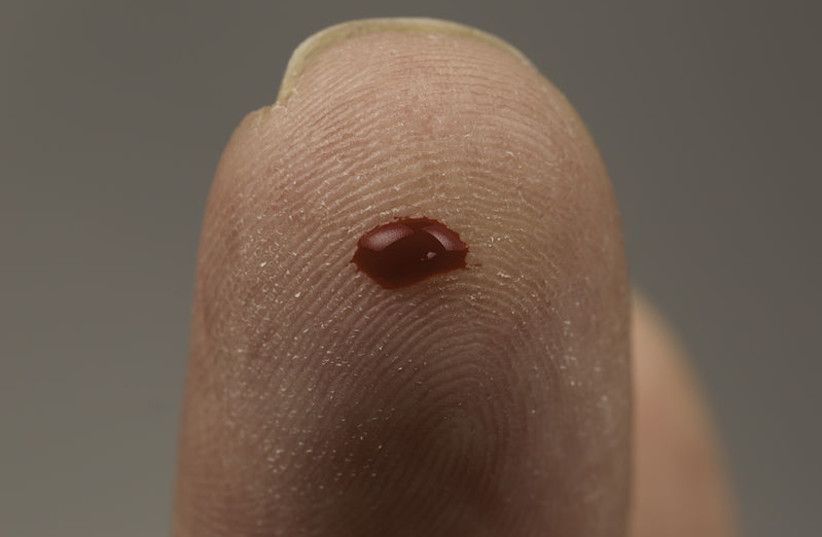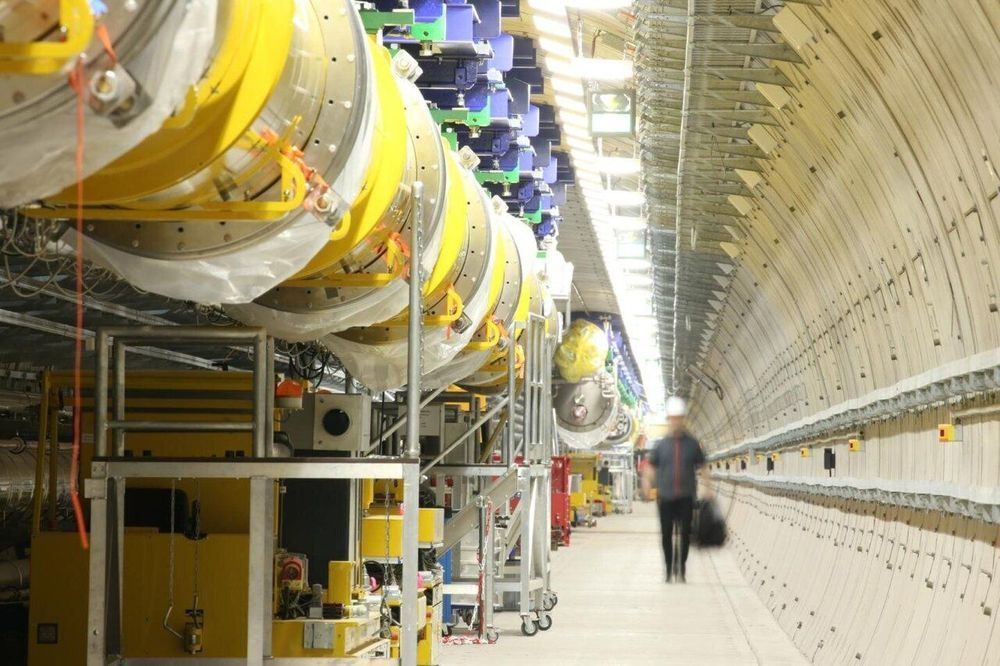It’s all because of the similarities between words.


The ONE Mini is a Swiss Army knife of translation tech, interpreting 12 different foreign languages with a host of features. The audio recorder captures speech, then uses cutting-edge neural machine AI to produce highly accurate text or verbal translations. If you’re in a foreign country, ONE Mini can literally be your voice as you navigate the culture.
ONE Mini also provides premium live interpreter service 24 hours a day, 7 days a week for conversations that require more complex interaction. With a single button push, ONE Mini connects via Bluetooth with a qualified interpreter able to offer full nuanced communication so important details don’t get lost in translation.
ONE Mini even works great as a wireless music player, clipping neatly to your clothes for hands-free use anywhere.

Israeli startup Sight Diagnostics said on Wednesday the US Food and Drug Administration had cleared its device that can process results for the most commonly needed blood test in about ten minutes. The regulator’s nod means that laboratories that run relatively lesser tests on a day to day basis may also be able to conduct the complete blood count (CBC) test with just two drops of blood.
Just before the 14 minute mark: “I believe that most people today have a respectable chance of living to 1,000, or indeed any other number you might think of.”
The Talk Spot is an interview show where we have guests of all backgrounds on. This episode features author and biomedical gerontologist, Aubrey de Grey.

VR and Interstellar Travel
Crew members in route to a distant planet may best be accommodated by full immersion VR. The actual spaceship could be reduced to a relatively simple, small, well-shielded vehicle. Inside the crew’s biological material could be supported by a simplified nutrition, waste and maintenance system. Their minds could inhabit a fully immersive VR environment that would provide them with all the luxuries of vast, diverse spaces and experiences — complete with simulated gravity, simulated pleasant nature-like and artificial environments, and simulated meals.
They could also engage in simulating the type of society they intend to build once they arrive in their new physical environment, using similar constraints to the ones they will encounter. This could allow many years for actual human experiences to test and refine what they will build and how they will interact in their new home.
Advances in maintaining biological material may even allow a single generation to survive the entire journey. They may adopt their own conventions for simulating death and birth for reasons related to simulating their new home or for maintaining psychological well-being over many centuries. Simulated death and reincarnation may allow a single crew to experience many childhoods and parenting situations without the need for actual procreation.
Another concern that this addresses is the need for massive funding for research and development as well as resource provisioning when building conventional spacecraft intended to deliver things like artificial gravity, agriculture and pleasant living spaces for large multigenerational populations — all while shielding them from radiation. Funding the development of fully immersive VR seems like a relatively easier to fund activity that has immediate uses here on earth and elsewhere. The types of ships that would be sufficient for sustaining and shielding humans living mostly in immersive VR would be so simplified that most of the fundamental research that would be specific to designing such crafts may have already occurred.
After 200,000 years or so of human existence, climate change threatens to make swathes of our planet unlivable by the end of the century. If we do manage to adapt, on a long enough timeline the Earth will become uninhabitable for other reasons: chance events like a comet strike or supervolcano eruption, or ultimately — if we make it that long — the expansion of the sun into a red giant in around five billion years, engulfing the planet completely or at a minimum scorching away all forms of life. Planning for potential escape routes from Earth is, if not exactly pressing, then at least a necessary response to a plausible threat.
The national artificial intelligence strategy, which was unveiled in November, will focus on five key sectors — transport and logistics, smart cities and estates, safety and security, healthcare, and education.
Read the full story: https://www.straitstimes.com/singapore/tapping-ai-to-deliver…ect-issues
Get the latest news updates: http://www.straitstimes.com
Follow The Straits Times online:
Twitter: https://www.twitter.com/STcom
Facebook: https://www.facebook.com/TheStraitsTimes
Instagram: https://www.instagram.com/straits_times/
About The Straits Times:
The Straits Times, the English flagship daily of SPH, has been serving readers for more than a century. Launched on July 15, 1845, its comprehensive coverage of world news, East Asian news, Southeast Asian news, home news, sports news, financial news and lifestyle updates makes The Straits Times the most-read newspaper in Singapore.
This floating device lets you dive without scuba gear.


Ok… which one of y’all is this?
UPDATE 3: The man reportedly told bomb squad that he sustained “radio frequency burns” while working on a “quantum physics generator” in his garage, according to Battalion Chief Steve Martin, the Columbus Division of Fire spokesman, speaking to the Columbus Dispatch.
“We have no reason to believe that he was trying to make anything that would do anyone any harm,” Martin added.
UPDATE 2: Haley Nelson of WSYX-TV reports that a resident was working on a “quantum physics generator” at the home and was burned. The type of burns caused confusion among first responders, prompting a precautionary evacuation of about 40 homes.

One of the problems is how to overcome the strong electrical repulsion between atomic nuclei which requires high energies to make them fuse. But fusion could be initiated at lower energies with electromagnetic fields that are generated, for example, by state-of-the-art free electron lasers emitting X-ray light. Researchers at the Helmholtz-Zentrum Dresden-Rossendorf (HZDR) describe how this could be done in the journal Physical Review C.
During nuclear fusion two atomic nuclei fuse into one new nucleus. In the lab this can be done by particle accelerators, when researchers use fusion reactions to create fast free neutrons for other experiments. On a much larger scale, the idea is to implement controlled fusion of light nuclei to generate power—with the sun acting as the model: its energy is the product of a series of fusion reactions that take place in its interior.
For many years, scientists have been working on strategies for generating power from fusion energy. “On the one hand we are looking at a practically limitless source of power. On the other hand, there are all the many technological hurdles that we want to help surmount through our work,” says Professor Ralf Schützhold, Director of the Department of Theoretical Physics at HZDR, describing the motivation for his research.